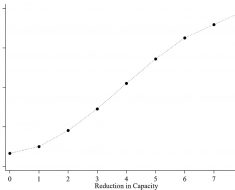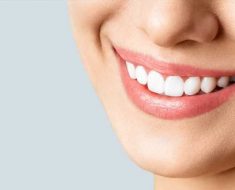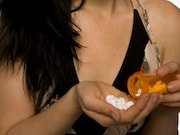Microplastics have been detected in human breast milk for the first time, according to a new study published in Polymers.
While more studies are needed, the researchers said, they said they were worried about the potential health effects on babies.
“The proof of microplastics’ presence in breast milk increases our great concern for the extremely vulnerable population of infants,” Valentina Notarstefano, PhD, one of the study authors at the Universita Politecnica della Marche in Italy, told The Guardian.
“It will be crucial to assess ways to reduce exposure to these contaminants during pregnancy and lactation,” she said. “But it must be stressed that the advantages of breastfeeding are much greater than the disadvantages caused by the presence of polluting microplastics.”
The research team analyzed breast milk samples from 34 healthy mothers, which were taken a week after giving birth in Rome. Microplastics were detected in 26 of the samples, or 76%.
The researchers recorded how much food and drink the mothers consumed that used plastic packaging as well as their use of personal hygiene products with plastic. But they found no link with the presence of microplastics in breast milk, which suggests that the widespread presence of microplastics in the environment “makes human exposure inevitable,” the study authors wrote.
The research team also found microplastics in human placentas in 2020, The Guardian reported. Other studies have found microplastics in human blood, cow’s milk, and polypropylene bottles that are often used to bottle-feed babies. Although previous studies have noted the toxic effects of microplastics in human cell lines, lab animals, and marine wildlife, the effects in living humans are still unknown.
In the latest study, the researchers found microplastics were made up of polyethylene, polypropylene, and polyvinyl chloride, which are found in plastic packaging. The team couldn’t analyze particles that were smaller than 2 microns, but they said even smaller plastic particles were likely present in the breast milk.
The research team couldn’t identify the risk factors linked to microplastics in breast milk. But Notarstefano advised pregnant women to pay attention to the food and drinks they consume in plastic packaging, clothes made with synthetic fabrics, and cosmetics that contain microplastics.
“Studies like ours must not reduce breastfeeding of children, but instead, raise public awareness to pressure politicians to promote laws that reduce pollution,” she said.
Sources:
Polymers: “Raman Microspectroscopy Detection and Characterisation of Microplastics in Human Breastmilk.”
The Guardian: “Microplastics found in human breast milk for the first time.”
Source: Read Full Article





